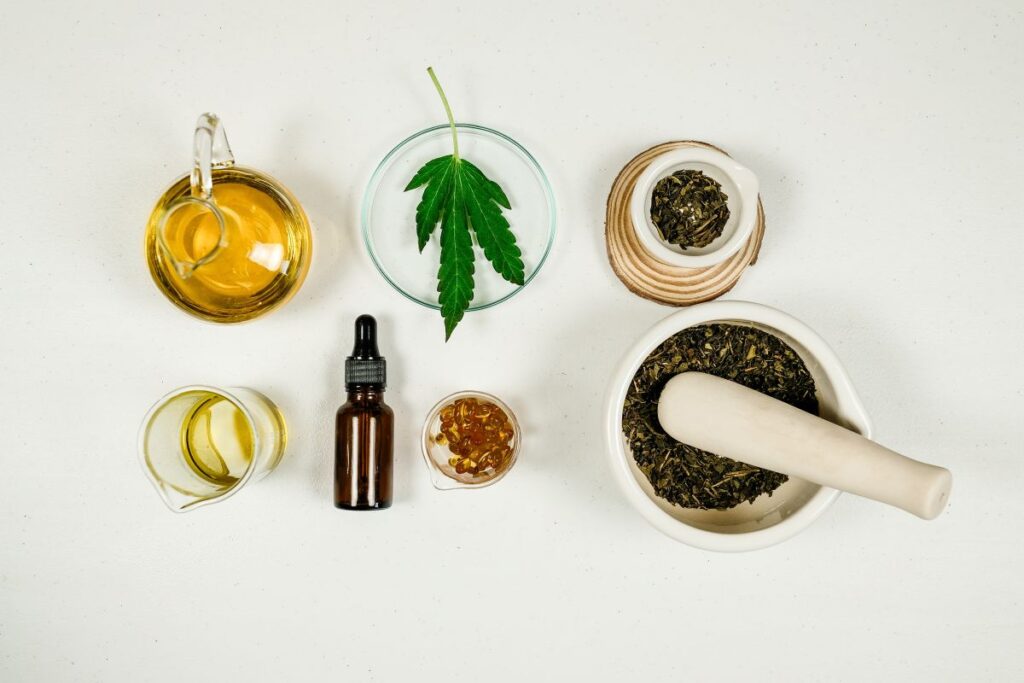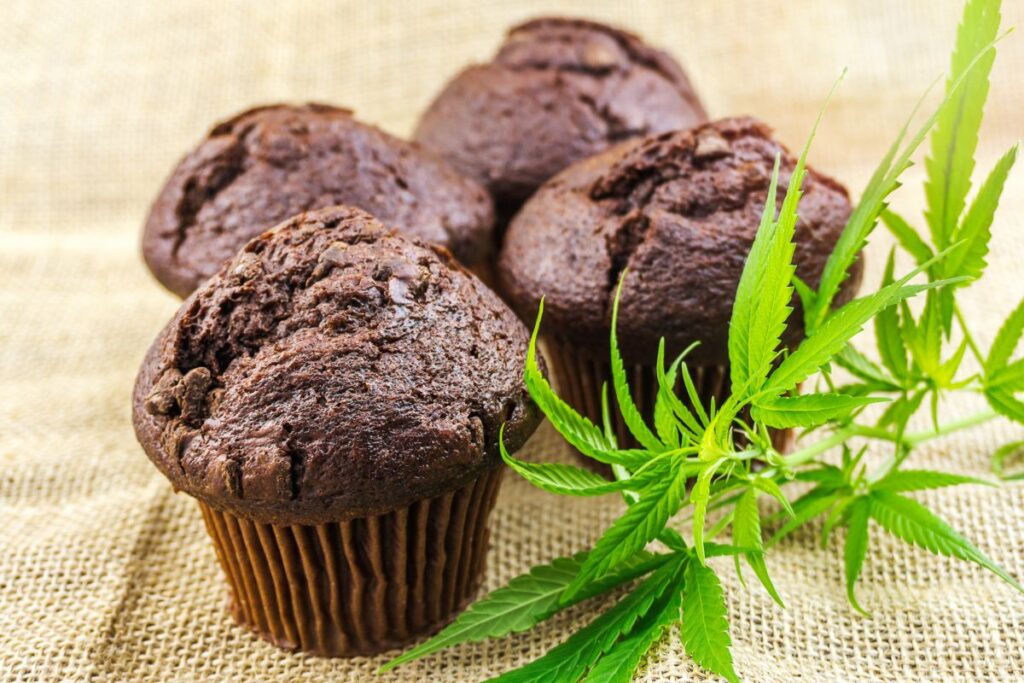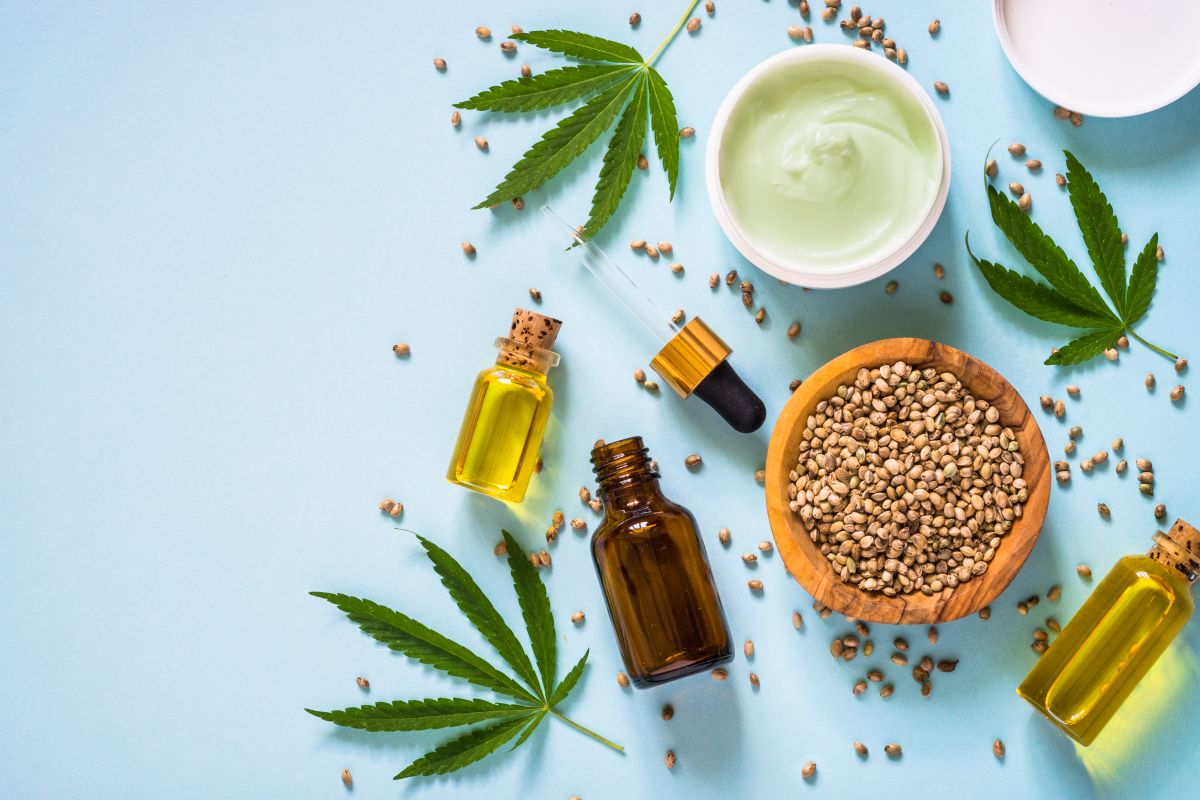Cannabis and food have a long, intertwined history, but the modern era has ushered in a renaissance for cannabis-infused cooking, with cannabis oil standing at the forefront of this edible revolution.
Once relegated to secret brownies and rustic pot butter, the art of infusing food with cannabis now encompasses gourmet dinners, wellness recipes, and a focus on precise, repeatable effects. The star ingredient, cannabis oil, offers versatility, flavor, and measured dosing, making it a preferred way for home cooks, patients, and chefs to explore the plant’s full potential.
But what exactly is cannabis oil in the context of cooking? How is it made, measured, and safely enjoyed? What distinguishes an edible high from traditional smoking, and what steps must be followed to create a delicious and effective infusion?
Whether you’re a curious home chef, a patient seeking alternative relief, or a food lover on the cutting edge, this guide peels back every layer of cannabis oil for cooking.
Table of Contents
What is Cannabis Oil for Cooking?
Cannabis oil refers to any edible oil infused with the cannabinoids, like THC and CBD, and terpenes found in cannabis.
The oil acts as a solvent and carrier, extracting and dissolving these compounds from the plant matter and preserving them in a form that’s easy to cook with, dose, and incorporate into recipes.
This is different from concentrated cannabis oils made for vaping or dabbing, which are usually not suitable for ingestion as-is. Culinary cannabis oils are safe to eat and have undergone decarboxylation, turning non-intoxicating THCA/CBA into psychoactive THC/CBD.

A Brief History of Cannabis Oil for Cooking
Cannabis-infused foods are found throughout history, especially in cultures spanning India, Northern Africa, and ancient China.
In India, bhang, a drink made from cannabis, spices, and milk, remains a staple of religious festivals and Ayurvedic medicine. In Morocco, majoun (cannabis confections) blends hashish with dates, honey, and nuts.
Western pot brownies popularized in the 1960s and 70s continued this tradition.
The legalization wave across North America and parts of Europe has enabled chefs to infuse savory sauces, salad dressings, pastries, and even main courses with cannabis oil. The result is a far cry from the unpredictable brownies of old—instead, precision and artistry reign.
Why Cannabis Oil Works So Well In The Kitchen?
Cannabis’ key compounds are lipid-soluble, meaning they bind to fats rather than water. Infusing cannabis into oil not only preserves these compounds but also maximizes their absorption in the human digestive tract.
Besides, oil provides a stable, storable medium that integrates easily into a wide range of dishes.
Oils vary in flavor and cooking properties:
- Coconut oil: High in saturated fat, strong extraction power, and a subtle tropical taste. Great for baking and confections.
- Olive oil: Versatile, healthier fats, savory and slightly peppery flavor, ideal for dressings and sautés.
- Canola/vegetable oil: Neutral flavor, high smoke point. Good for general frying or baking.
- Avocado, grapeseed, or sunflower oil: Healthier profiles, each with a unique flavor and suitable for different culinary applications.
How to Make Cannabis Oil for Cooking Step-by-Step
1. Decarboxylation:
Raw cannabis contains THCA and CBDA, chemical acid forms that are non-psychoactive. Decarboxylation converts these into THC and CBD, which will actually provide medicinal and psychoactive effects when ingested.
How to decarb:
- Preheat your oven to 240°F (115°C).
- Break up cannabis buds or trim into small pieces.
- Spread evenly on a baking tray lined with parchment paper.
- Bake for 30–40 minutes, stirring gently halfway, until dry and lightly toasted.
- Let cool—your material is now “decarbed,” potent, and ready for infusion.
2. Infusion
Simple stovetop method:
- Ingredients: Decarboxylated cannabis (7–14 grams per 1 cup oil), chosen oil.
- Equipment: Double boiler or heavy-bottomed saucepan, cheesecloth/fine strainer, glass storage container.
- Procedure:
- Combine oil and cannabis in the upper part of a double boiler or in a saucepan with very low, gentle heat.
- Keep temperature between 160–200°F (70–93°C); higher temps risk degrading THC and terpenes.
- Simmer very gently for 2–4 hours (the longer, the stronger; don’t let it bubble!).
- Let cool slightly, then strain through cheesecloth into a clean jar. Squeeze out all the oil, discard plant material.
- Store in airtight glass away from heat/light. Refrigeration prolongs shelf life.
Pro Tip: Always label your infused oil clearly and keep out of reach of children or unsuspecting guests.
Dosing 101: Getting it Right
Dosing cannabis edibles correctly is critical for an enjoyable, safe experience.
- Start low, go slow. First-timers should aim for 2.5–5 mg THC per serving.
- Store-bought cannabis flower is usually 15–25% THC. If you use 7 grams (one-quarter ounce) at 20% THC per 1 cup oil, you’re infusing about 1,400 mg THC into that whole cup. Divide this by tablespoon or teaspoon to estimate per-serving strength but always err on the low side, as homemade infusions can vary.
- If making oil from high-CBD strains (less intoxicating), the same methods apply, but you’ll enjoy gentler, non-euphoric effects.
Wait at least 1–2 hours after eating before redosing. Edibles take much longer to kick in compared to smoking or vaping.
Benefits, Uses, and Advantages of Cannabis Oil for Cooking
Flexibility of Infused Oil
Cannabis oil can be used for:
- Salad dressings, marinades, and dips
- Sauteing vegetables or proteins (at medium/low heat)
- Baking brownies, cookies, cakes, or bread
- Mixing into smoothies, soups, or sauces
- Making canna-capsules for measured homemade dosing
Because it’s premade and flexible, you can easily control dose by measuring oil and adding it to individual servings.
Better Stomach Tolerance and Discretion
Edibles avoid the lung irritation common with smoking or vaping. Oils are essentially tasteless, can be incorporated into everyday diets, and produce no telltale smoke or odor, making it ideal for discretion or medical users.
Longer, Smoother Effects
Ingested cannabis is metabolized by the liver, transforming THC into 11-hydroxy-THC, a compound that produces a prolonged, intense, full-body effect. This is ideal for chronic pain, insomnia, anxiety, and other conditions requiring sustained relief.
Challenges and Risks of Using cannabis Oil for Cooking
The edible high is not the same as the smoked or vaped high, and this can catch newcomers off guard:
- Delayed Onset: Edibles often take 45–120 minutes to kick in, sometimes longer depending on a user’s metabolism or what they’ve eaten that day.
- Longer Duration: Effects can last 4–8+ hours—much longer than inhaled cannabis.
- Possible Overconsumption: Impatience or inaccurate oil dosing can result in accidental overconsumption, leading to discomfort, anxiety, paranoia, or nausea. While not life-threatening in healthy adults, it can be deeply unpleasant.
- Proper Storage Is Essential: Clearly mark and keep all cannabis-infused oils out of reach of children, pets, and unsuspecting adults. Unmarked edibles are a common cause of accidental ingestion.
Culinary Techniques: Cooking and Baking Tips
- Mind the Heat: High temperatures can degrade cannabinoids and terpenes. When sauteing or baking, aim to keep temperatures below 340°F (170°C).
- Combine with Other Fats: For best absorption and taste, use cannabis oil alongside regular oils/butter in recipes.
- Batch Testing: Taste a small portion of a batch first to gauge potency before serving widely.
- Pairing Flavors: Olive oil works beautifully with savory foods and herbs, while coconut oil lends itself to desserts, smoothies, or anything tropical.
Infused Oil as Finishing Oil: For absolute potency control, drizzle infused oil as a finishing touch on cooked dishes (think pasta, rice, or roasted vegetables) rather than exposing it to high oven or frying pan temperatures.
Cannabis Oil Recipes
Cannabis-Infused Vinaigrette
Ingredients:
- 2 tbsp cannabis-infused olive oil
- 1 tbsp regular olive oil
- 1 tbsp balsamic vinegar
- 1 tsp Dijon mustard
- 1 tsp honey or agave
- Salt and pepper to taste
Instructions: Whisk all ingredients until emulsified and toss with fresh greens. Each tablespoon will have a measured dose, making portioning simple.

Cannabis Oil Brownies
Replace the oil or butter in your favorite brownie recipe with cannabis-infused oil. For control, use half infused oil and half regular, so that each brownie delivers a predictable, gentle experience.
Savory Cannabis Pesto
- 2 cups fresh basil leaves
- 3–4 garlic cloves
- ½ cup pine nuts
- ½ cup cannabis-infused olive oil
- 1/3 cup grated Parmesan
- Salt and pepper
Pulse ingredients in a food processor. Toss with pasta or drizzle over veggies!
Medicinal Uses of Cannabis Oil
Cannabis oil edibles have been used for millennia in alternative medicine. Modern research and anecdotal evidence support their use for:
- Chronic pain and inflammation
- Sleep disorders and insomnia
- Appetite loss and nausea
- Muscle spasticity and nerve pain
- Anxiety and mood disorders
The key advantages for patients: discrete dosing, longer relief windows, and better tolerance for those unable to smoke or vape.
Legality of Using Cannabis Oil
Laws governing cannabis oil vary by country and by state. In some regions, possession or manufacture of infused edibles is tightly regulated. Home cooks may need medical authorization or must follow specific guidelines.
In jurisdictions where cannabis is illegal, home infusion is not a legal option.
Only purchase cannabis for infusions from reputable, licensed dispensaries or growers. Never share homemade edibles with minors, and avoid sending cannabis oil or edibles by mail across borders.
Responsible Consumption of Cannabis Oil for Cooking
- Label everything!
- Store safely away from non-users, children, pets.
- Test small doses first, especially with new batches or recipes.
- Don’t drive or operate machinery while under the influence.
- If discomfort occurs , stay calm, hydrate, and consider using CBD oil to reduce THC effects. Resting in a safe, dark environment until symptoms ebb can also help.
Conclusion
As the world embraces both the healing and hedonistic powers of cannabis, infused oils represent a modern, accessible, and versatile way to combine flavor, nutrition, and wellness.
With thoughtful preparation, careful dosing, and an adventurous spirit, anyone can harness cannabis oil not just to get high, but to elevate eating and daily living.
Whether you’re looking to sharpen culinary skills, manage a chronic condition, or simply bring a little extra joy to your table, cannabis oil for cooking is a testament to the plant’s remarkable adaptability and ongoing cultural renaissance.
As with any powerful ingredient, it demands respect, so experiment wisely, savor slowly, and always put safety first as you embark on your culinary cannabis journey.

